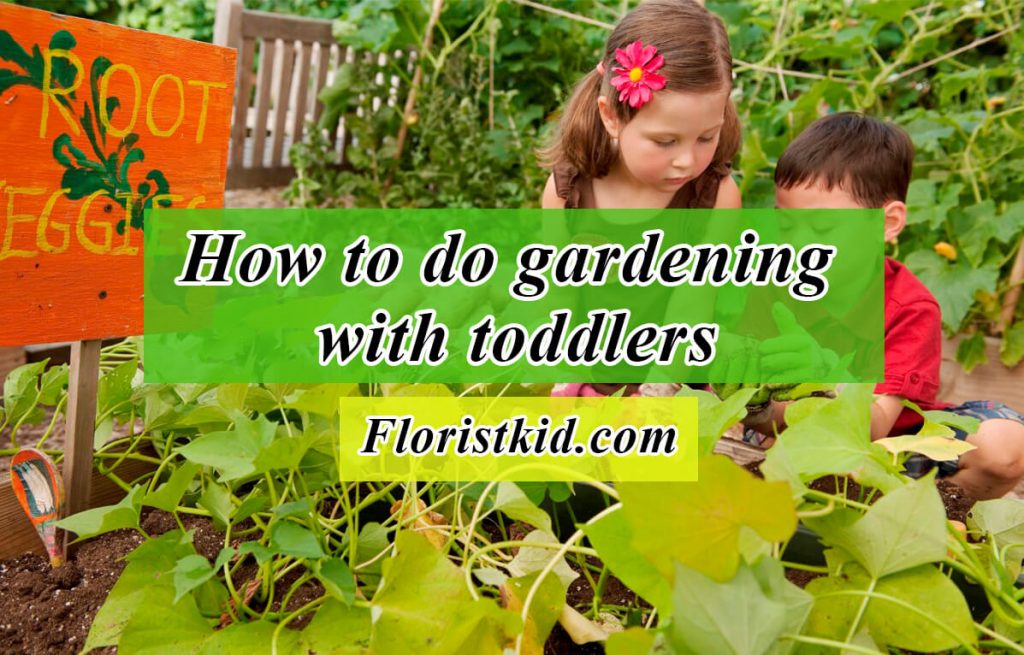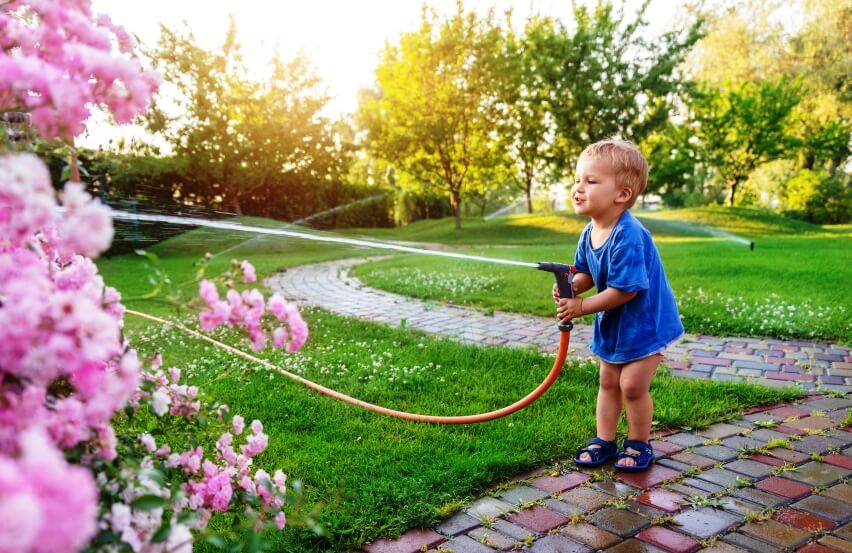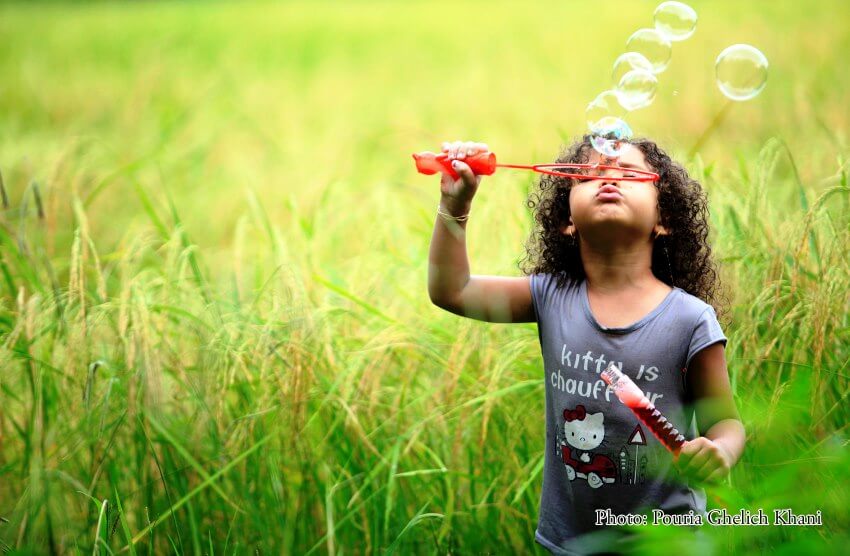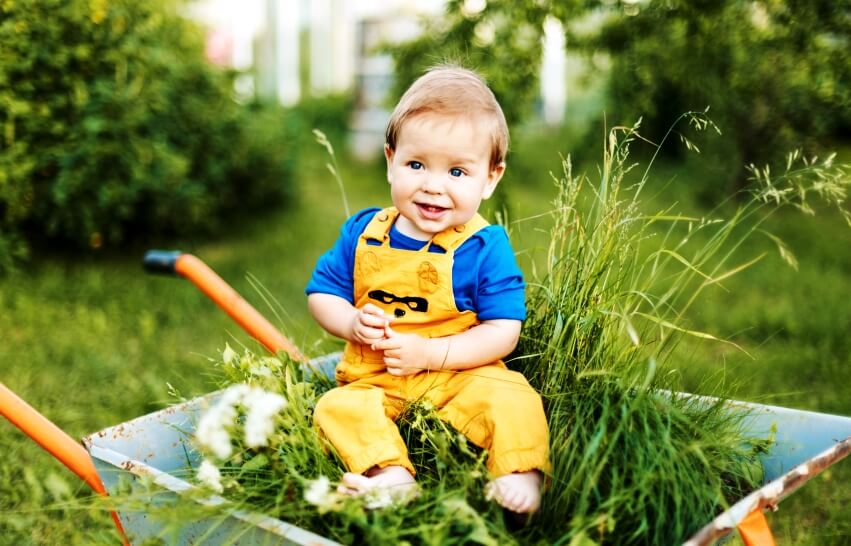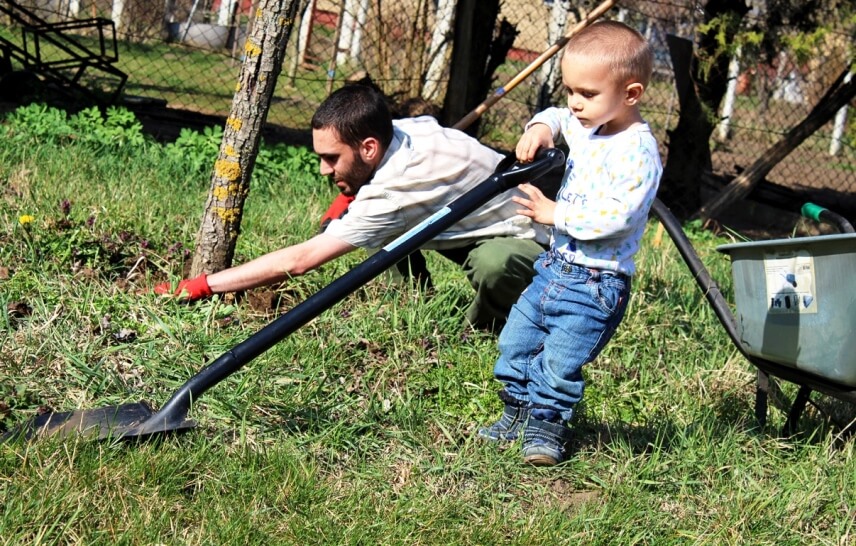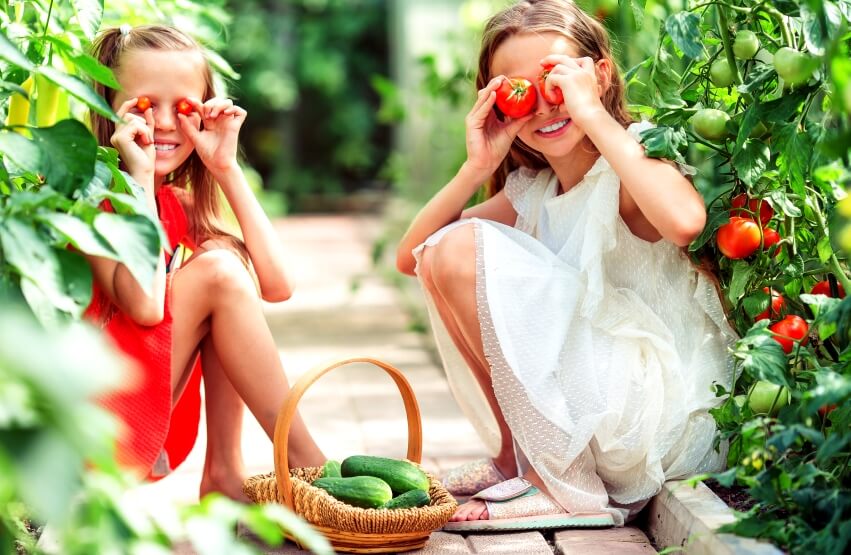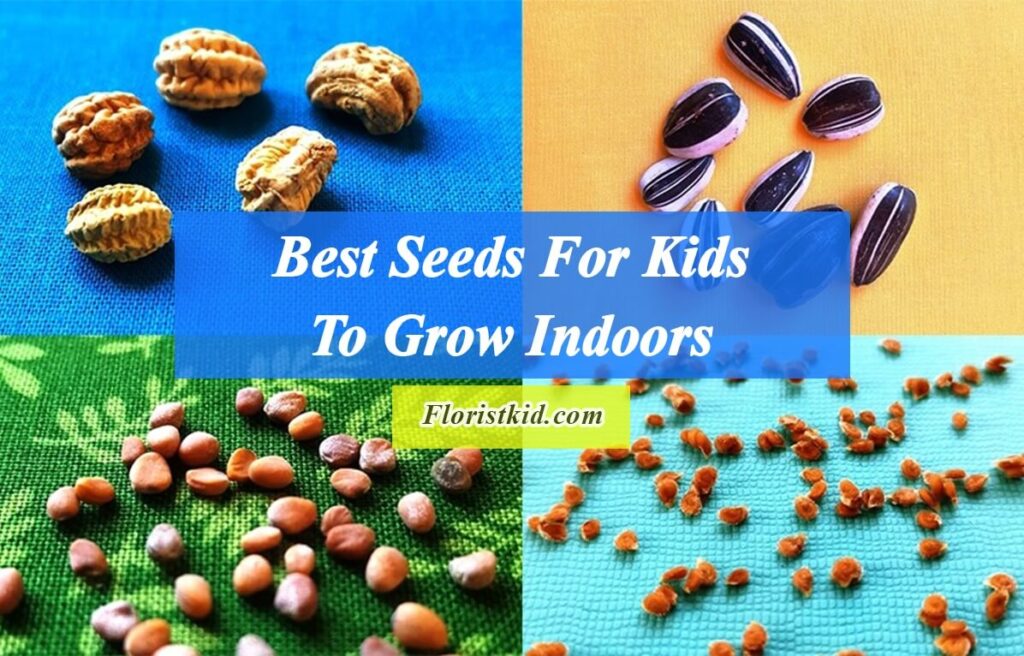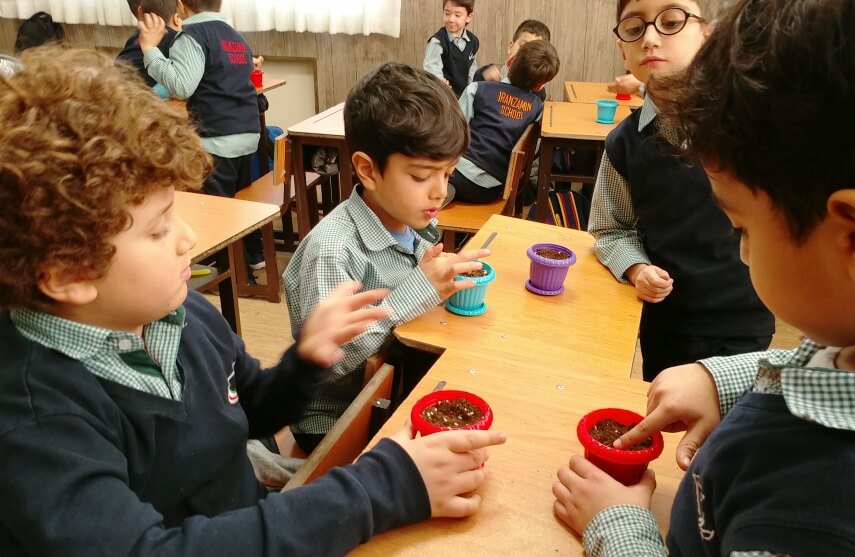Simple natural experiences can be incredibly potent teaching and learning opportunities for very young children. Gardening activities for toddlers, as well as nature-based hobbies such as Observing and discussing the numerous sensory components of nature, the sounds and smells of wind and rain, the changing colors of the seasons, the tastes of fruits and vegetables, inspire toddlers’ appreciation of nature’s beauty as well as curiosity and respect for living things.
These experiences encourage toddlers to learn about the natural world and discover their talents and abilities. In order to learn more about this topic, this article will discuss how to do gardening with toddlers, benefits of gardening for toddlers as well as nature-based activities for them.
Benefits of gardening for toddlers
Before talking about gardening activities for toddlers, it is better to take a look at benefits of gardening for toddlers
Falling in love with nature
The first benefit of gardening for toddlers is that they get familiarized with nature and plants and, as a result, fall in love with nature. Observing and discussing the numerous sensory components of nature—the sounds and smells of wind and rain, the changing colors of the seasons, the tastes of fruits, vegetables, and herbs—inspires toddlers’ interest and appreciation of nature’s beauty.
Representational ability improvement
Linking and revisiting experiences supports the representational ability of very young children, which is evidenced in their discussions and dramatic play
multiple developments
Nature has a significant role in children’s intellectual, emotional, social, spiritual, and physical development.
Respecting living things
In the garden, toddlers can learn about and respect living creatures in various ways. In this way, they realize that they should respect other living things on planet
creativity and problem solving
Playing in nature is very beneficial for developing creative, problem-solving, and intellectual capacities. In such green areas, Children engage in more imaginative forms of play, and They also play with more cooperation.
cognitive abilities development
Toddlers’ ability to focus and cognitive capacities are improved by daily exposure to plants and natural surroundings.
Increasing physical activity
Another benefit of gardening for toddlers is increased physical activities, which leads to keeping infants healthy. Toddlers who have access to gardens with various natural surroundings are more physically active, nutritionally aware, and creative.
Improving social relations with other infants
When infants have regular opportunities for free and unstructured play and gardening activities outdoors, they will be more intelligent, better able to get along with others, healthier, and happier.
Toddler gardens
Gardening with toddlers necessitates planning and designing a garden for infants and toddlers. This encourages toddlers and young children to learn via experience rather than direct instruction. One of the most critical elements in environmental education is direct experience.
Unfortunately, because natural play areas are decreasing, today’s children in the United States and other Western countries know less about nature than past generations. Nowadays, Children spend less time outside and more time indoors, participating in activities organized by adults and interacting with electronic media.
Disconnection from the natural environment is causing “experience extinction”. That is why parents must create appropriate gardens for toddlers to enhance their access to plants, insects, and soil. In this way, they can engage in activities such as gardening to provide a direct experience.
How to do gardening with toddlers
Gardening activities for toddlers
Various kids gardening activities can be carried out in the natural environment. Toddlers are fascinated by the garden, and they show their enthusiasm by spending a lot of time there. Gardens are alive, growing, and changing place. Toddlers frequently begin their time outside by walking around the garden to check what’s going on.
Determine specified area for planting
Planting flowers, grasses, herbs, and veggies are some of the fun gardening activities for toddlers. While waiting for their seeds to sprout, they can also interact with full-grown plants. It is beneficial to set aside a separate area in the garden for young children to sow seeds. You can dig some holes and rows in this area so that youngsters can plant bulbs and seeds in the ground and cover them with soil when they visit the garden.
Involve toddlers in all gardening steps
Toddlers enjoy learning about every step of the gardening process, from tilling the soil and planting the seeds (or seedlings) through watering and harvesting. Toddlers usually like doing “big people” jobs on their own. When the job is over, they feel self-sufficient and accomplished.
Toddlers can become engrossed in gardening tasks that adults find uninteresting. Children can spend an hour digging up barren places in the grass and breaking up clumps of soil. Toddlers may also remove their shoes and enjoy the sensory experience of putting seeds into the soil with their bare feet.
Planting and harvesting
To do gardening with toddlers, you can let toddlers cultivate and collect various plants and veggies. By doing such activities, young children are more likely to consume fruits and vegetables. To better understand this issue, consider the following case study:
“In the first spring, toddlers were requested to grow three different vegetables: broccoli, peas, and cherry tomatoes. The first crop was broccoli, which the kids enjoyed eating fresh as a snack. The second crop was peas. Kids were perplexed when teachers demonstrated how to pluck pea pods, but after shelling them and eating the peas for a snack, they were eager to harvest peas again. Teachers used this chance to use sensory descriptions to help students compare ripe and unripe pea pods. Children learned that ripe pods are hard and full, and unripe pods are flat and soft. After learning this, they would ask a teacher if a particular pod was ripe before they picked it. Teachers encouraged students to feel the pea pods and make their own decisions, and they quickly learned to recognize ripe pods. As cherry tomatoes began to ripen, children explored this concept, mainly because small green balls on plants are enticing. For a while, it seemed as if there would never be red tomatoes to compare ripe and unripe, but once one matured, youngsters were far less likely to pick green ones. They realized that tomatoes change color from green to pink to red, and those red tomatoes are ripe and ready to be picked, washed, and eaten.”
Plant choice for gardening with toddlers
Overplanting is an excellent way to ensure that toddlers have plenty of opportunities to harvest. Fertilizers, pesticides, and herbicides should not be used in the toddler’s garden. Teachers should urge kids to bring their vegetables inside to be washed before eating them, which they normally do.
One of the most crucial aspects of gardening with toddlers is selecting the right plants and seeds for kids. A list of hazardous plants can be obtained from a local poison control department or a university cooperative extension. Some common plants, such as morning glories, are highly toxic.
Plants can be selected based on their intended use and characteristics. There are three types of plants that can be used in gardening with toddlers’ activities.
Plants that attract butterflies
phlox, chocolate mint, dill, parsley, hollyhocks, milkweed, butterfly bushes, salvia, asters, trumpet vine.
Plants that provide color, texture, scent, taste
lamb’s ears, sage, chives, mint, dianthus, sweet peas, zinnias, marigolds, basil
Fruits and vegetables that are easily cultivated
cherry tomatoes, yellow pear tomatoes, peas, string beans (purple, yellow, or green pod), melons, carrots, potatoes, beets, popcorn, sweet corn, broccoli
Allow your toddler to have fun in the garden
Allow toddlers to hide under the sunflowers, hoard bean seeds, and pretend the peppers are tongues. Watering, weeding, planting, and harvesting are not the only activities toddlers may do in the garden. Let the Toddlers think outside the box.
Conclusion
In summary, the natural world provides a plethora of sensory experiences and gardening activities for toddlers that help the observation abilities underlying scientific reasoning and aesthetic perception. Toddlers compare ripe and unripe vegetables, sand and soil, insects of varied forms and sizes, and leaf and flower colors. Young children can participate in gardening tasks like planting, caring for, and harvesting veggies. It is preferable to build dedicated gardens to do gardening with toddlers. Toddlers enjoy sampling fresh, nutritious items from their garden and show concern for plants, worms, and insects. These early experiences captivate their interest and support their natural curiosity and comfort. As indicated by kids’ talks and theatrical play, linking and repeating natural events like gardening enhances young children’s representative capacity.

